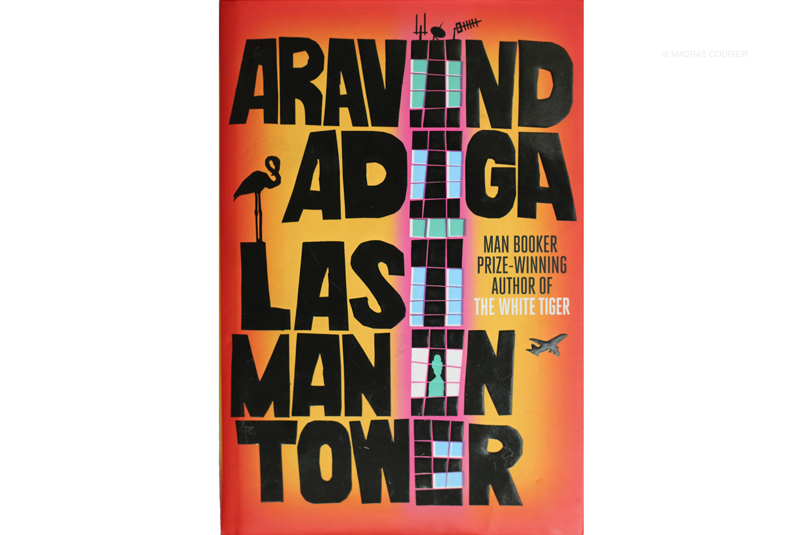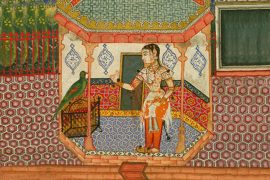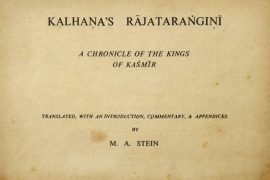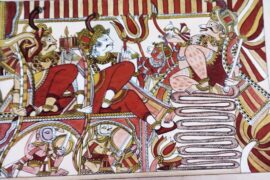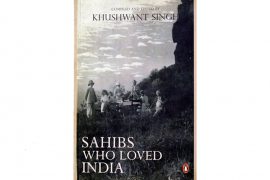If you’ve ever lived in an apartment with a housing society, you’d know of the various ways residents get involved in each other’s lives. If you return to your apartment in the hopes of making it back home in anonymity – you might find these societies an annoyance.
In Aravind Adiga’s ‘Last Man in Tower’, all eyes are on one resident, a retired schoolteacher called Masterji – a widower and teacher who is the only person in the way of a $330,000 payoff for each of the society’s residents.
The tragedy of the Booker prize is that its winner’s future works are always compared to the award-winning one. So it is with Adiga’s ‘Last Man in Tower’ and ‘White Tiger’. The slightly nationalist reader might take it as yet another book that puts a darker shade over India’s growth story. But Last Man in Tower is an exercise in storytelling more than it is in morality.
He begins by painting a vivid picture of the quintessential Indian housing society – a pair of dilapidated towers, dating from a Soviet-influenced era of architecture and populated by a pleasantly diverse middle-class of Hindus, Muslims, Atheists and so on.
Copyright©Madras Courier, All Rights Reserved. You may share using our article tools. Please don't cut articles from madrascourier.com and redistribute by email, post to the web, mobile phone or social media.Please send in your feed back and comments to [email protected]

